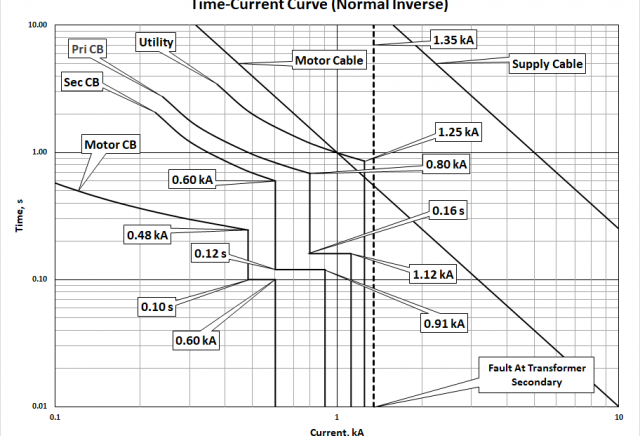In NFPA 70E, the short-circuit symmetrical ampacity from a bolted 3-phase fault at the transformer terminals is calculated with the following formula:

where
Isc = Amperes,
V = Volts,
%Z = transformer MVA.
A typical value for the maximum power (in MW) in a 3-phase arc can be calculated using the following formula:

where:
MVAbf = maximum bolted fault, MVA
The Flash Protection Boundary distance is calculated in accordance with the following
formulae:



where:
Dc = distance in feet of person from arc source for a just curable burn (i.e., skin temperature remains less than 80 degrees)
MVAbf = bolted fault MVA at point involved
MVA = MVA rating of transformer. For transformers with MVA ratings below 0.75 MVA, multiply the transformer MVA rating by 1.25.
t = time of arc exposure in seconds
